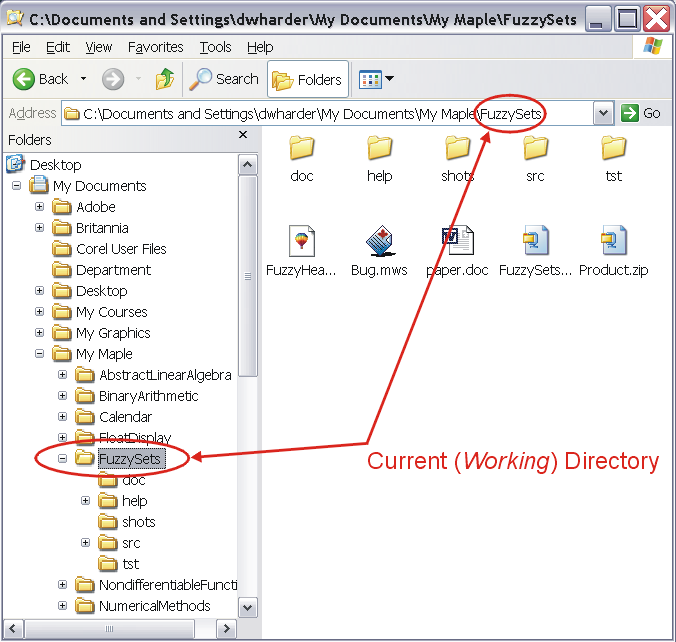What is a directory?

Directory is an English word that means an address book or a set of rules. It is used in a wide variety of ways in the
IT
industry, and it does not necessarily mean one thing. In the IT industry, it generally refers to organizing or combining different data into specific data. For example,
a home page
or a directory on a website.
These methods combine different pages into a single layer of data to improve usability and crawlability. In addition, directories can be used to organize not only text data, but also video and photo data.

file directory
A file directory is a directory in a file system. A file system often refers to storage, and there is no problem if you think of file directories as organizing information within storage.

However, when it comes to the “OS” of computers and smartphones, file directories are sometimes referred to as “folders.” Generally speaking, there is a term called “folder division”, but in other words, this means that it is divided into directories.
Another feature of file directories is that they can have a nested structure. If you create multiple directories within the main directory, you can also change the order of the subdirectories within the main directory. In addition, the flow of subdirectories derived from the main directory is sometimes compared to the shape of a tree and is expressed as a “directory tree.”

directory service
A directory service is a service that compiles information about services and devices that exist on the Internet, as well as information about the users who use them. For example, Active Directory is a well-known directory service provided by Microsoft.

The existence of a directory service allows users to search for specific information from a centralized source of information or obtain information on the network.

current directory

The current directory refers to the specific directory that you are currently accessing. The UNIX OS command “pwd” is designed to display the current directory in the form of an absolute path.

Reference article


